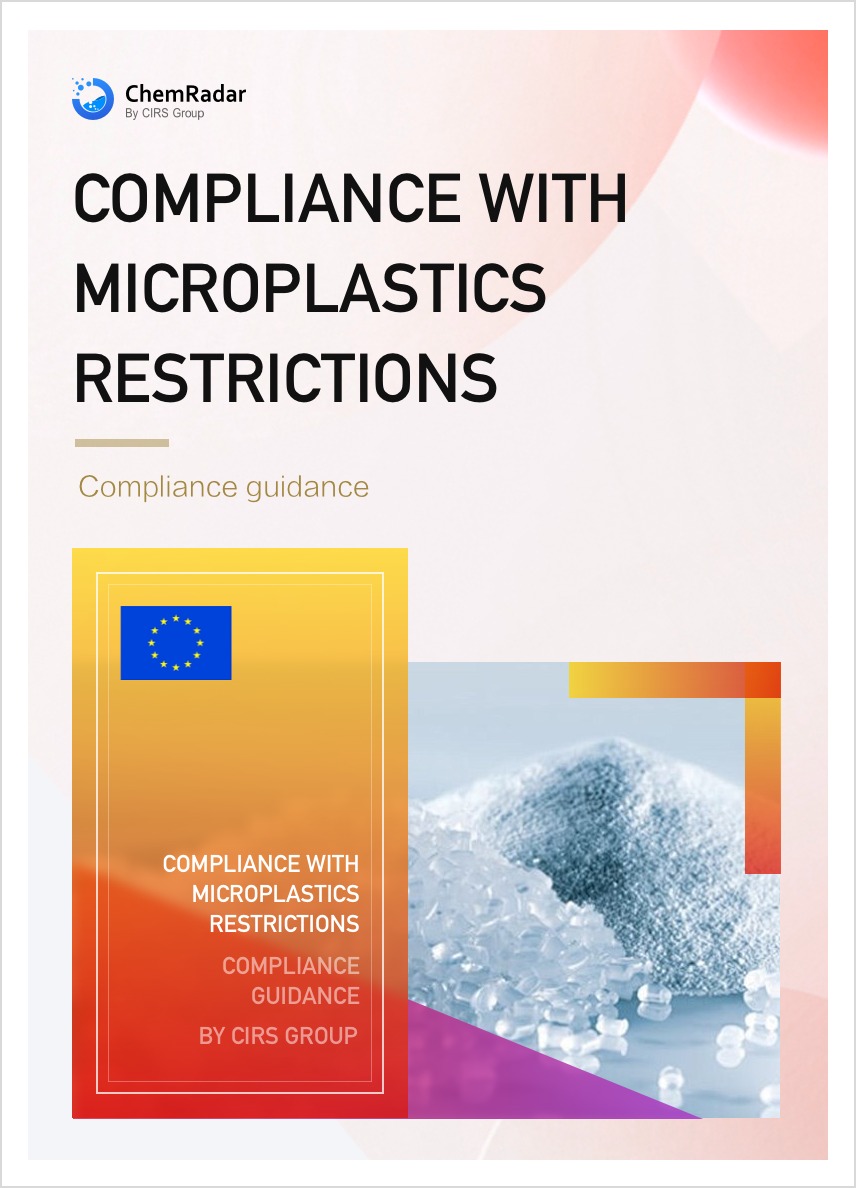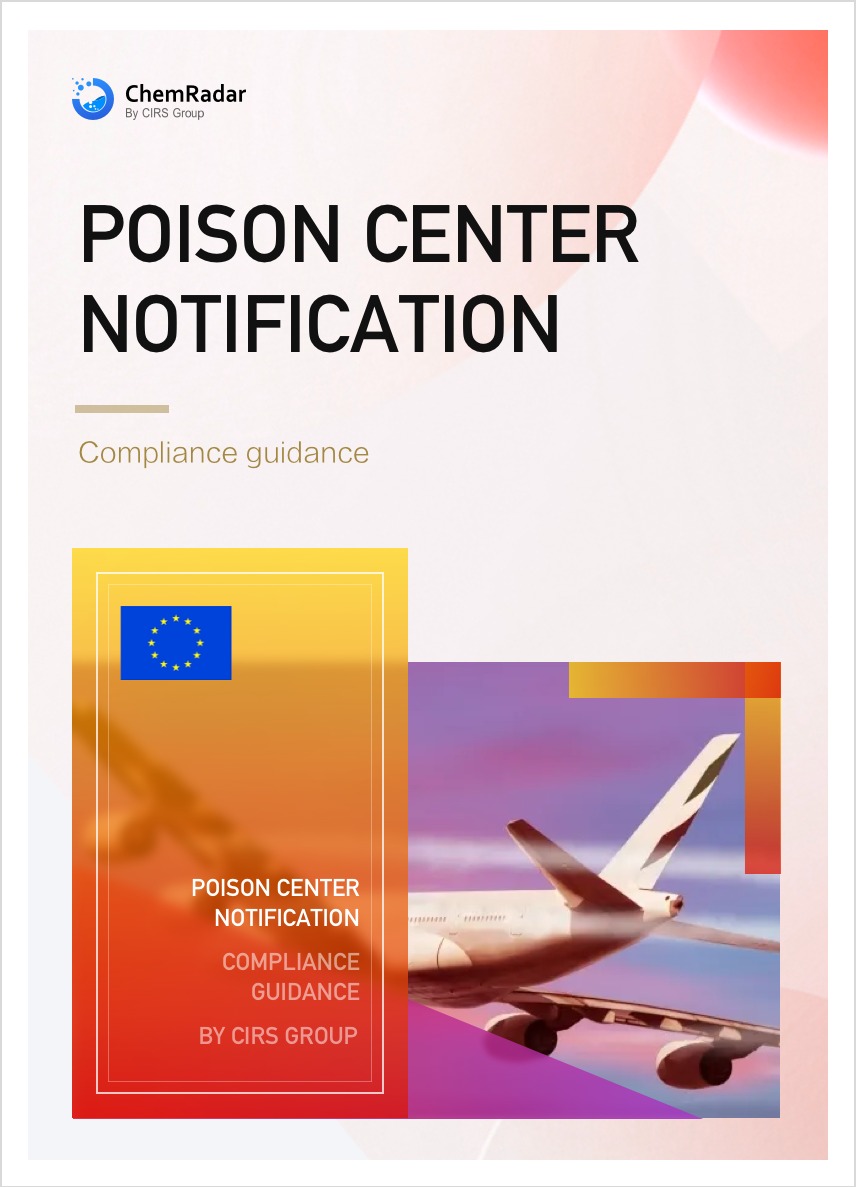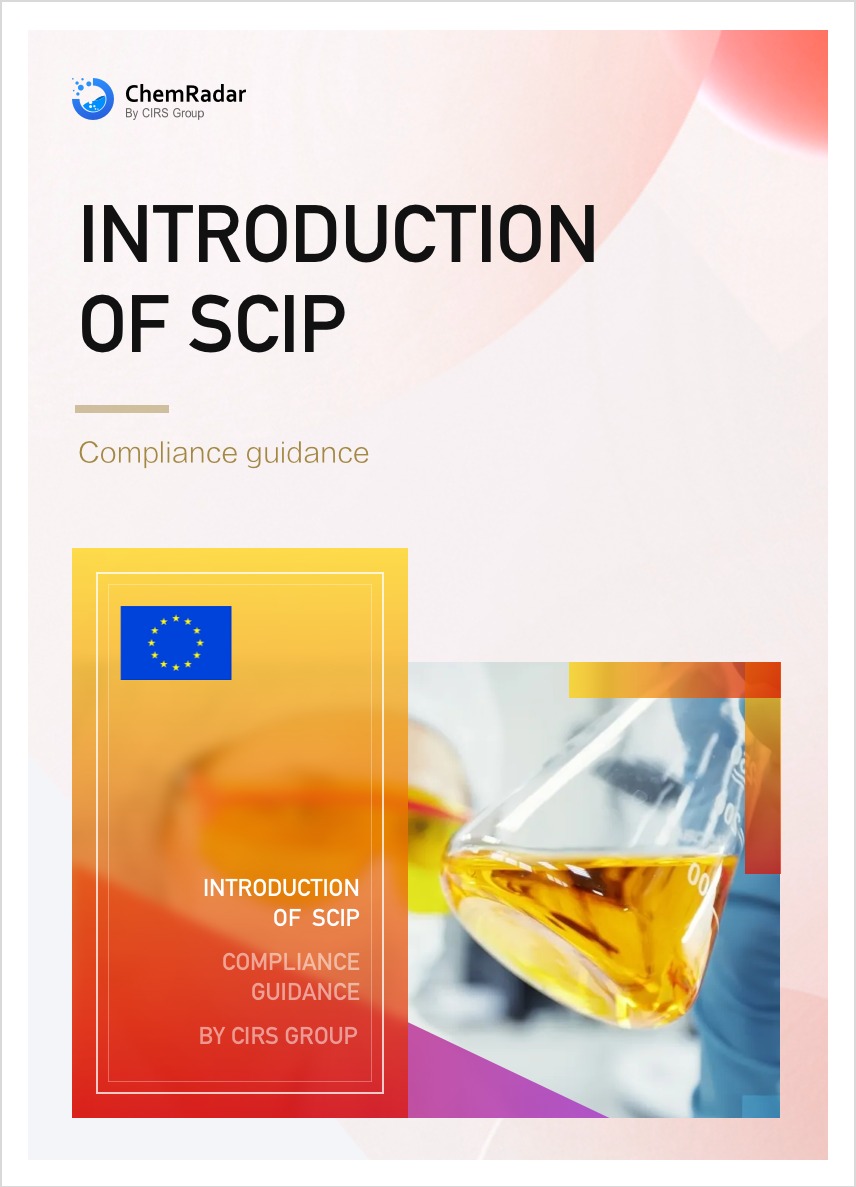The Prior Informed Consent Regulation (hereinafter refered as PIC) implements the Rotterdam Convention within the EU. It promotes shared responsibility and cooperation in the international trade of hazardous chemicals. PIC governs the trade of certain hazardous chemicals that are banned or severely restricted in the EU. It places obligations on companies that wish to export these chemicals to non-EU countries or import them into the EU. PIC came into effect on 1 March 2014.
The PIC contains two important inventories, Annex I and Annex V. Among them, Annex V is the list of substances that are completely prohibited by the EU for export, and these products have been discontinued at present. Part 1 of Annex V belongs to persistent organic pollutants; Part 2 consists of substances prohibited from export and use except for persistent organic pollutants.
Annex I is the list of substances that shall be notified in advance before export. According to the specific hazard degree of the substances, it is further divided into three subcategories, and its obligations are as follows:
► For the substances listed in part 1 of Annex I, the exporters in the EU must notify the host Member State 35 days before exporting to the destination. The competent authorities of the Member States shall submit it to ECHA after an integrity check, and ECHA transfers it to the competent authorities of the destination.
► For substances listed in part 2 of Annex I, in addition to the prior notification, the declaration of the recipient country must be obtained before export, that is, the additional requirements explicit consent.
► The entries in part 3 are subject to the export notification requirement, and additionally to the explicit consent, except where an import response is published in the PIC circular of the Rotterdam Convention, and certain criteria are met.
Content of the notification
- Identity of the substance, mixture or article to be exported. Typically this is the EC number, CAS number and the chemical name as listed in the Regulation.
- Information on the export, such as country of origin, country of destination, expected date of first yearly export, estimated amount to be exported, intended use in the country of destination, name and address of exporter and importer
- Information on precautions to be taken
- Summary of physico-chemical, toxicological and ecotoxicological properties
- The uses of the chemical in the EU
- Summary of regulatory restrictions and reasons for them
Export notification schedule
- 35 days before the export is due to take place: Exporter must notify the designated national authority of the Member State in which he is located.
- 25 days before the export is due to take place: The designated national authority validates the notification and forwards it to ECHA.
- 15 days before the export is due to take place: ECHA sends the notification to the non-EU designated national authority in the importing country.
Regulations and standards
► PIC Regulation (EU) No 649/2012
► CLP Regulation (EC) No 1272/2008
► Rotterdam Convention
Regulatory authorities
► ECHA
► The European Commission
► The Designated National Authorities of the EU Member States
Exemptions
- Narcotic drugs and psychotropic substances
- Radioactive materials
- Wastes
- Chemical weapons
- Food and food additives
- Feeding stuffs
- Genetically modified organisms
- Proprietary medicinal products and those veterinary medicinal products that are not disinfectants, insecticides and parasiticides.
How to obtain the list?
- Click here to search for the latest inventory
- Search on the official website:
https://echa.europa.eu/nl/information-on-chemicals/pic/chemicals - Contact CIRS Group to purchase the latest version (in Excel)
If you have any questions, please contact us at chemicals@cirs-group.com.





